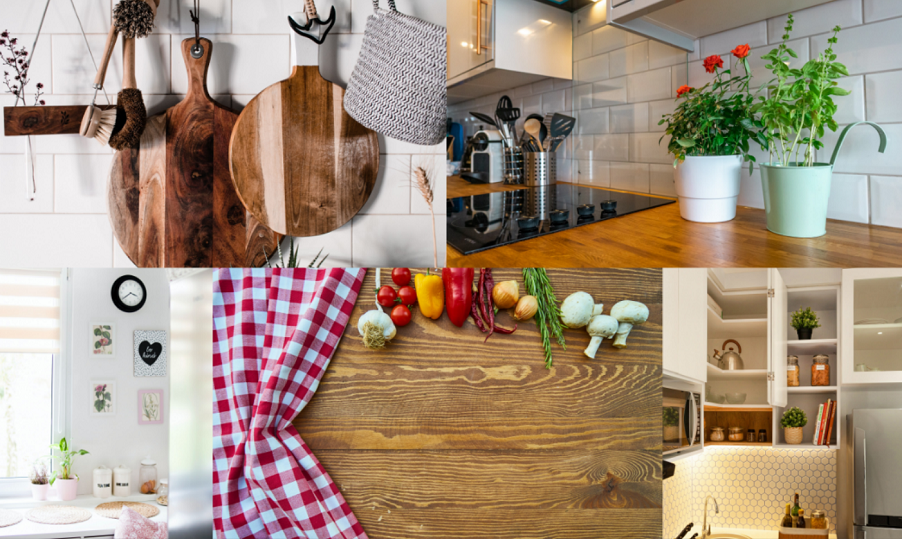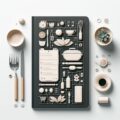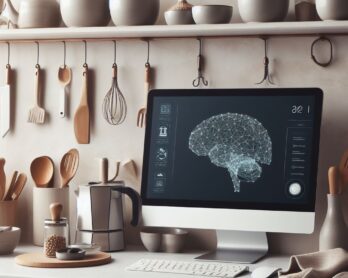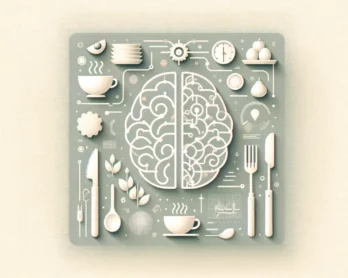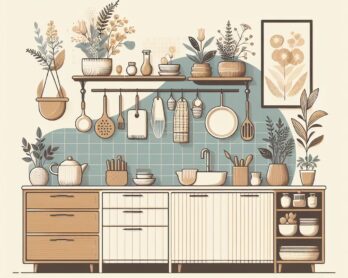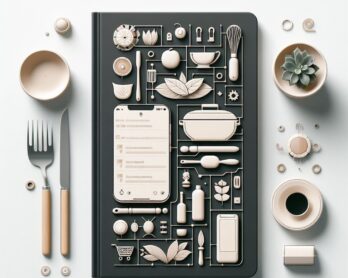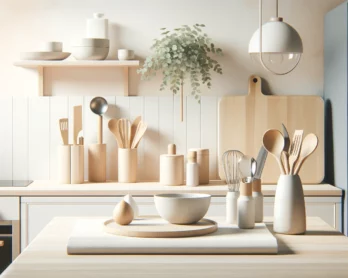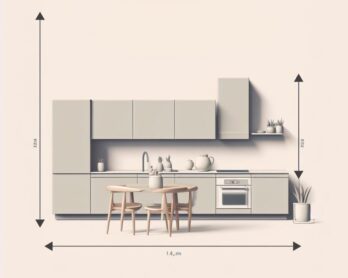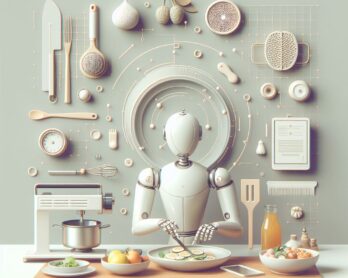Kitchens aren’t just for cooking. In many ways they are the heart of the home. They’re where we congregate to discuss the day, do homework, pay bills, and of course, eat. When decorating a kitchen it’s important to create a space that’s both beautiful and functional for every member of the family. While appliances are big ticket items and require the proper research, the following elements of the room also need to be carefully planned.
Choosing Kitchen Cabinets
Cabinets can be an overwhelming presence in any kitchen, and they set the tone for the room. Make sure to give the cabinet style careful consideration before buying. Options vary for materials (wood, steel, laminate, etc.) and styles (open shelves, glass doors, solid panels, etc.). Consider the desired effect and shop accordingly.
Stainless steel lends itself to an industrial feel, while wood has a warmer effect. Paneled doors have a traditional, old-world feel, and open shelves are great for displays. Also take into consideration whether custom cabinets or stock items are best. Custom cabinets give the purchaser total control over the style and design, while stock items are less expensive and come only in standard sizes.
When it comes to size, below counter cabinets are usually 34.5” tall and 24” deep, with standard widths increasing in 3” increments. Upper cabinets vary in height and are often (but not always) 12” deep. They’re usually hung 16” to 18” above the countertops.
Kitchen Floors
Durability is key. If spills are common and there’s a lot of commotion in the kitchen, choose flooring that will stand up to it. If there’s often someone on their feet working in the kitchen, consider bamboo, engineered wood, or cork, which are softer than stone, or concrete. But please, no carpet! Once a material has been chosen, choose a color and style that will compliment the cabinets.
Counter and Backsplash
Make sure that the countertop and backsplash suit the needs of the household. For example, while a marble counter may create the desired look, there will be inevitable scratches. If this will bother you, don’t do it. Butcher block is also a great look, but requires maintenance. Be realistic about what you can handle before making a final decision. When it comes to the backsplash feel free to be creative.
Glass and stone tiles are common, but think about doing something different like mirror, or pressed tin tiles. Because the backsplash doesn’t take the same abuse as the counter, there’s more room for creativity. There’s also the option of making the counter and backsplash the same material. While it’s not as common as using two different materials, it can create a seamless and unified look.
Kitchen Lighting
Lighting is very important in a kitchen. Areas where food preparation takes place should be properly lit. Eating areas can probably do with more ambient lighting. Generally kitchens don’t have the space for table lamps, so over head lighting and sconces are the best options. Pot lights and pendant lights are common and work well, but for a more unconventional look consider a chandelier. They can be quite charming when hung in unexpected places like the kitchen.
Cabinet and Drawer Hardware
There’s tons of hardware on the market, but the best advice is to keep it simple. For a unified look, keep the finish of drawer pulls and handles the same as the faucets, hinges, and doorknobs. Avoid gimmicks like drawer pulls in the shape of animals or fruits and vegetables. While they can be sweet in small doses, the overall look is just too cutesy. Hardware should compliment the d�cor rather than call attention to itself.
These are some of the main items to consider when decorating a kitchen. Do some research, plan carefully, and follow your own personal style. The result will be a beautiful and functional room that will quickly become the soul of the home.
| Image sources |
|---|

